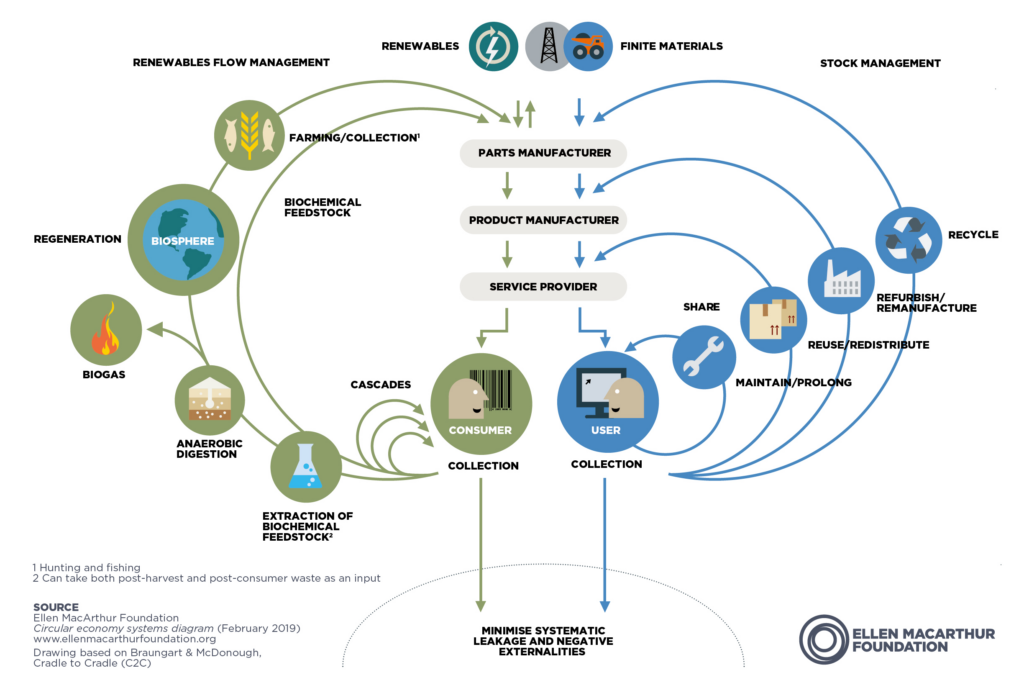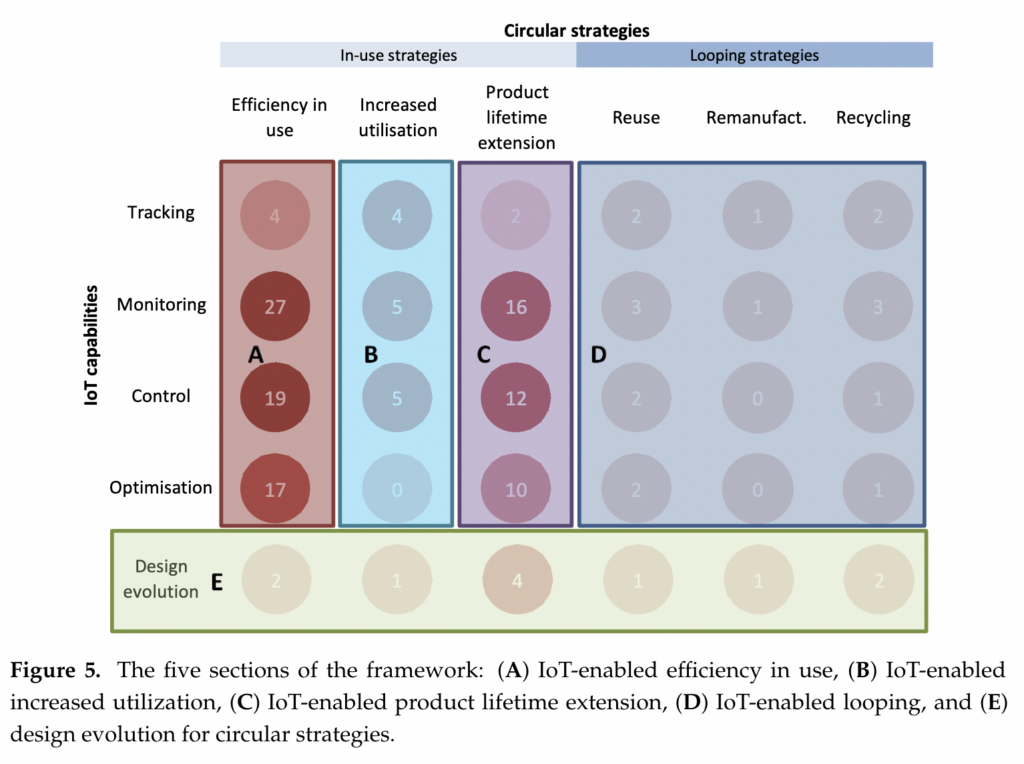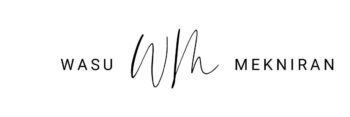Category: Strategy
(10 von 100)
IoT technological advancements could reinforce existing paradigms, simply making the current take-make-dispose linear economy more and more efficient, whilst failing to address resource and natural capital issues.
Sebastian Egerton-Read from the Ellen MacArthur Foundation
Yes, there are issues with IoT advancement. Let’s start by seeing where IoT stands in enabling a Circular Economy.
Table of Contents
In Short
The main advantage of IoT in the circular economy is that it is restorative and regenerative by design while aiming to keep components at their highest utility and value.
Did you know? The average European car currently spends 95 percent of the time parked!
TechCrunch – Apr. 2016
The excellent news is IoT can help us with this. But only this? How about the product’s end of life?
If you do not know what CE is, you are not alone. The circular economy (CE) is a relatively new concept with many definitions. However, one way of describing it is using the following three principles:
- Design out waste and pollution
- Keep products and materials in use
- Regenerate natural systems
Let’s move on and see the connection between CE and IoT 🙂
Hope of IoT
IoT should help us by supporting the prolonging and sharing in most inner loops of a circular economy like sharing, maintaining, and reusing. Ultimately, it should enable each looping layer of the butterfly diagram below.
The butterfly diagram illustrates the material flow produced, used, and disposed of.

Yes, this is a big hope. We think that IoT has such potential to enable all pieces in this diagram.
Reality of IoT Implementation
In contrast to our hope, the study results (Ingemarsdotter 2019) show that the current implementation of IoT-enabled circular strategies mainly supports two approaches in the use phase and not in the looping phase:
- efficiency in use: normally seen in production plant
- product life extension
IoT extends assets’ utilization and useful life by providing information about conditions, locations, and availability.
Only a few reviewed cases display IoT-enabled looping such as reuse, remanufacturing, and recycling.
Similarly, few cases describe ‘Design Evolution’ for a circular economy, such as the feedback of product data to support circular design.

We can see that IoT capabilities like monitoring and controlling were utilized extensively to increase the efficiency of the product, and not much in reusing nor recycling.
Further reading: If you are interested in Market Intelligence For Sustainable Circular Strategy.
So What?
If you are like me, believing in IoT capabilities, then you should be encouraged to go out there and see why IoT is not being implemented in the looping strategy!
How can we reap more benefits from IoT capabilities and circular design?
Coming back to the comment of Sebastian Egerton-Read that IoT is failing to address resource and natural capital issues.
Here are an argument and a solution I stumbled upon.
One argument is that for intelligent assets to create value in the circular economy, the development of an open and global payment protocol is required. I see that the bottleneck here might be the limit of interoperability of IoT’s current development.
One solution might be a blockchain technology that has the potential to enable the billions of internet devices that negotiate with each other to unleash market forces, to bring down the costs of goods and services for all parties.
What do you think? How can we close the loop?!

How can we close the loop?!
Reading material: Ingemarsdotter, E., Jamsin, E., Kortuem, G., & Balkenende, R. (2019). Circular strategies enabled by the internet of things- a framework and analysis of current practice. Sustainability (Switzerland), 11(20). https://doi.org/10.3390/SU11205689
